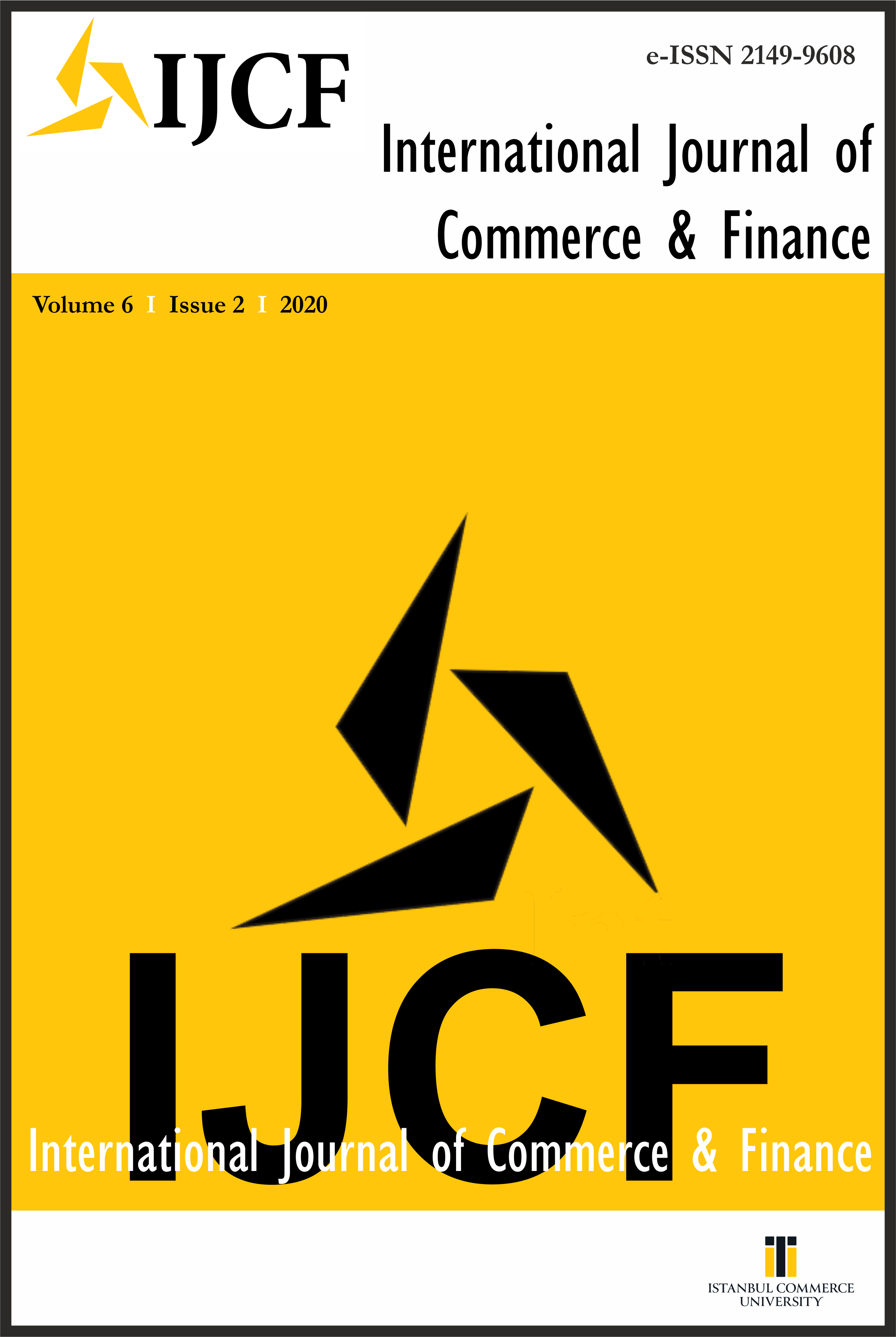The Performance of Indian Equity Funds in the Era of Quantitative Easing
Abstract
This study aims to evaluate the performance of Indian equity funds between January 2009 and October 2014. This study period coincides with the period of quantitative easing during which the developing economies in financial markets have been influenced. After the global financial crisis of 2008 came a period of quantitative easing (QE), creating an increase in the money supply and leading to a capital flow from developed countries to developing countries. During this 5-year 10-month period, in which the relevant quantitative easing continued, Indian CNX500 price index yielded approximately 21% compounded on average, per annum. In this study, Indian equity funds are examined in order to compare these funds’ performance within this period. Within this scope, 12 Indian equity funds are chosen. In order to measure these funds’ performances, the Sharpe ratio (1966), Treynor ratio (1965), Jensen’s alpha (1968) methods are used. Jensen’s alpha is also used in identifying selectivity skills of fund managers. Additionally, the Treynor & Mazuy (1966) regression analysis method is applied to show the market timing ability of fund managers.
Keywords
Equity funds; performance evaluation; quantitative easing; Jensen’s alpha
Full Text:
PDFIndexing and Abstracting Services










Other Sources and Services



License

International Journal of Commerce and Finance is licensed under a Creative Commons Attribution-NonCommercial-4.0 International (CC BY-NC 4.0) License.
Mailing Address
| International Journal of Commerce and Finance Örnektepe Mah. İmrahor Cad. No: 88/2, Beyoğlu 34445 / İSTANBUL, TURKEY E-mail : hersoy@ticaret.edu.tr |



